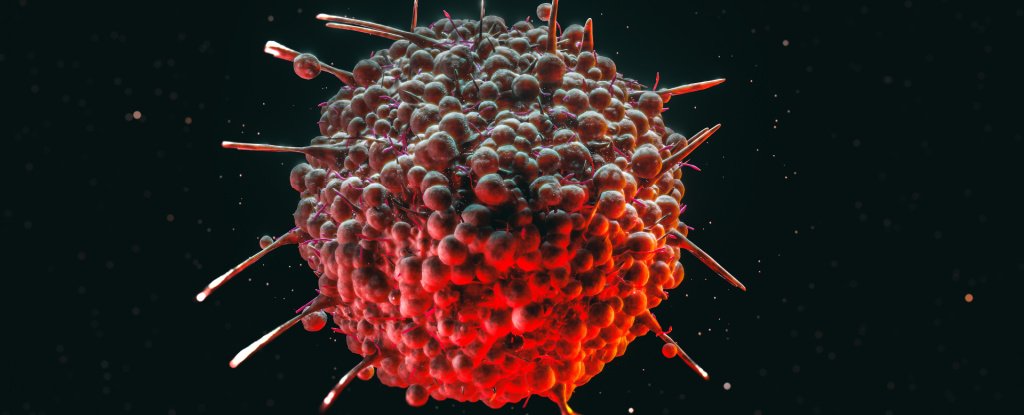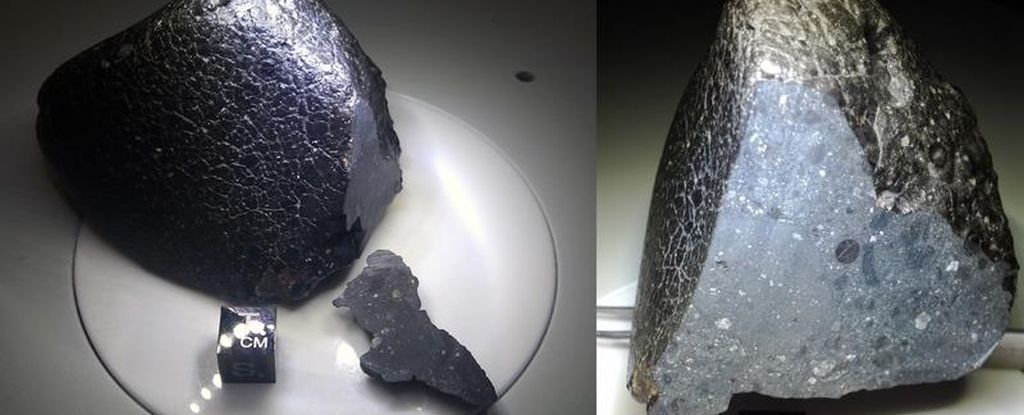ARTICLE AD
Lighting up our nightscapes can make plants tougher to chew on, forcing insects to find food elsewhere or go hungry, a new study finds.
This could be contributing to the worldwide decline in insects and have flow-on impacts on entire ecosystems, according to a team of researchers from the Chinese Academy of Sciences.
"We noticed that, compared to natural ecosystems, tree leaves in most urban ecosystems generally show little sign of insect damage," explains environmental scientist Shuang Zhang. "We were curious as to why."
Zhang and ecologists Yu Cao and Ke-Ming Ma collected almost 5,500 leaves from Beijing's two most common tree species: Japanese pagoda (Styphnolobium japonicum) and green ash (Fraxinus pennsylvanica), which grew along constantly illuminated major roads.
They measured light levels at each tree site and compared them to leaf features, including size, water content, chemical defenses, nutrients, toughness, and signs of insect herbivory.
"Artificial light at night led to increased leaf toughness and decreased levels of leaf herbivory," says Zhang.
This was true for both tree species: the tougher the leaf, the less damage it had from insects, the team found. It seems these plants are investing a fair chunk of their streetlight-derived energy into building greater defenses against their insect predators.
Previous studies have also revealed this relationship between light exposure levels and increased toughening of leaf structural components like fiber.
"Lower levels of herbivory imply lower abundances of herbivorous insects, which could in turn result in lower abundances of predatory insects, insect-eating birds, and so on," warns Zhang, who also cautions against generalizing the study's conclusions on broader scales as it "was conducted in only one city and involved just two tree species."
This severance in the food chain creates a trophic cascade, where fewer nutrients end up cycling through the different levels of the ecosystem due to the reduction of insect activity. Leaves with higher toughness are known to decompose slower too, potentially further negatively impacting ecosystem nutrient cycling.
Different types of nutrients in the plant leaves changed with light levels as well, depending on the tree species. High artificial light levels were associated with less nitrogen and phosphorus in the pagoda leaves and less tannin but increased nitrogen in green ash.
While they may be tiny, insects and all our world's other creepy crawlies together weigh more than humans and our livestock combined. All this animate mass and its activity play massive roles in keeping Earth's ecosystems alive.
So insect herbivory "is one of the most crucial energy flow pathways in ecosystems," Cao and team note in their published paper.
We already know light pollution impacts insects directly. It can terribly disorient moths and disrupt the ability of night pollinators to feed. This adds another level to the expanding problem as we light up even more of the planet's surface and continue to destroy other trees globally as well.
"The decrease in herbivory could also be attributed to the prolonged exposure of herbivores to their predators under artificial light at night," the researchers qualify.
So further research is needed to see how these other variables, including pollution, also play into this phenomenon. This study also only considered the impact on chewing insects, whose leaf munching is visible. Other types of herbivorous insect impacts are more subtle, but they should also be considered.
"The decline of insects is a global pattern observed over recent decades. We should pay more attention to this trend," Zhang warns.
This research was published in Frontiers in Plant Science.

 3 months ago
27
3 months ago
27 

